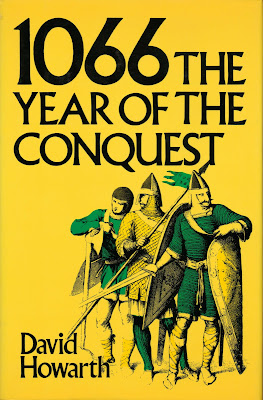After a sea of troubles (post 1 Dec.), and multiple stone tsunamis (post 9 Dec.), somehow that Jones surname DNA got passed down the many generations yet to come. My amazement and thankfulness continues but, how'd they do that keeps coming to mind. Something special must have been one of the keys. Well, maybe several things played a role.
Salt and lead would top my list. In and around Cheshire, Shropshire and the vale of Clwyd, the Deceangli managed to handle this production and they must have kept all the techniques to themselves. Since Roman days, these needs would have been great for all folks. [Documentation has been presented in the book by Jones and Mattingly pp.179-232 discussed post 3 June 2022]. A considerable mining complex existed [Halkyn Mountain] including lead pigs (bars) with "Deceangli" stamped on the side [p. 184 same book].
Cattle, sheep, grain, and land to keep these items up and running would also be high on my list. Lots of grass and lots of grain would be needed. The Cornovii [a joint source of my DNA], even had a special place set aside. They would have handled all the wool and cloth production which most folks still needed to provide some Longjohns on those cold winter nights.
Essential personnel would seem to be part of their survival. Grass (highland) and grain (low land), indispensable among all the storms. Beef and meat to Wrexham and, sheep and wool to Oswestry it would have been. Keep those family fires (kiln) still burning [p. 205 same book].
P.S. Here are some of the family tree which have been discussed up to this window in time.. Thank you to all in these branches from my DNA to yours. Gadforch (JA-1) to Llewelyn (JL-1) and the other sons of Tudor Trevor (JC-1) are shown. My Jones line is marked in blue.






.jpg)



.jpg)


.jpg)

.jpg)








.jpg)

.jpg)
.jpg)



.jpg)
.jpg)
.jpg)


.jpg)
.jpg)
.jpg)
.jpg)



.jpg)
.jpg)
